Additional tidbits for the Ancient Era
There are other facets for you to consider during the Ancient Era in Humankind. Choosing your first culture will lead to new mechanics.
Cities
The most obvious feature is your first city. Any outpost that you’ve constructed can be turned into your capital city for free (you’ll need to spend influence for each subsequent outpost that gets upgraded into a city).
Cities have the following notable mechanics:
- Main plaza – The main plaza of your city generates influence per turn.
- Resource nodes – Similar to outposts, cities can construct extractors to exploit luxury and strategic resource nodes.
- Attached outposts/territories – Later, once you’ve expanded to add more territories into the fold (i.e., via outposts), extra influence or yields from those lands will be added to the parent city.
- Units – Barring some unique examples, cities are where you’d recruit most of your units.
- Projects – Technologies, religion, and claimed Cultural Wonders will eventually unlock new projects that you can undertake. In some cases, these can be considered “Shared Projects” (i.e., wonders or space/nuclear-related tasks). This means you can select the same option in multiple cities so that others can boost production.
- Infrastructures – These are, technically, built within a city (you don’t actually see them sprawling all over the map). Infrastructures will add bonuses related to various resources once completed.
- Ceremonies – Unlocked by religious tenets or civics, ceremonies provide a bonus in cities while active.
- Districts – Districts tend to be the most complicated aspect of city-building and management in Humankind. Depending on the location, the tiles/hexes have different yields (i.e., food or industry). We’ll discuss districts further below.
Note 1: The panel at the top of your screen shows you the population of your city that’s assigned to generate food, industry, money, or science. The maximum allotment is based on existing slots (usually increased by constructing districts or emblematic districts of that type). You may also change the policy of a city from balanced to other facets that you’d like to focus on. This will automatically reassign your population based on your needs.
Note 2: There’s a City Cap limit found at the upper-right section of the screen. If you go well over this limit, you’ll lose influence per turn. Thankfully, there are ways for you to increase your City Cap via events, civics, and technologies. Examples of techs include Philosophy, Foreign Outposts, Theology, Naval Administrator, Supply Lines, Mercantilism, and Urban Planning. The Achaemenid Persians also have a trait that adds +2 to your City Cap limit.
Note 3: The Military Architecture tech allows you to merge cities. This will take all districts and improvements into consideration, which means merging into a megalopolis can be very costly.
Districts: Adjacency and stability
During the early stages of your Humankind campaign, you can only build Farmers Quarters (food) and Makers Quarters (industry). Later, you’ll have the following after researching the pre-requisite techs:
- Ancient Era: Writing – Market Quarter (money).
- Classical Era: Philosophy – Research Quarter (science).
- Classical Era: Imperial Power – Commons Quarter (influence and stability).
- Further onwards, you’ll have access to other districts such as Nature Reserves and Hamlets, but we won’t discuss them in this guide.
Sufficed to say, these early-game options might have you wondering about your city’s stability. In general, most districts that you construct and the additional outposts you attach will cause drops in stability. Newly conquered cities will also be mutinous. You may use extractors on luxury resource nodes or build Garrisons (Ancient Era: City Defense tech). Luxury resources and garrisons provide a stability boost, and the latter also acts as a fortification. Another decent use for Garrisons is that they can be spawn points for units (just select a Garrison and click on the sword icon).
Note: Your chosen civics/ideologies have a slider, too. Keeping a more balanced approach will allow for stability in your empire. You can read more about this mechanic in our civics/ideologies guide.
Likewise, we also need to talk about adjacency bonuses. As mentioned in our beginner’s guide, terrain plays a major role here since features provide extra yields. Ideally, you’ll want Farmers Quarters near rivers and prairies (+food), and Makers Quarters should be on stone fields and forests (+industry). Research Quarters should be next to strategic resources (+science) and Makers Quarters ought to be close to luxury resources (+money).
An important factor you should remember, though, is that most districts can only be placed when next to a city, outpost, or another regular district (i.e., not Garrisons). Likewise, if you plop down an extractor on a node at the edge of a territory, you can’t place regular districts to surround it. At best, you can opt for an outpost/city with high base yields. Then, just rely on adjacency bonuses which are given by the nearby districts as opposed to trying to connect all the way to a resource node that can be surrounded.
Additional technologies during the Ancient Era
Apart from the techs I mentioned above, there are also a few that you’d want to research as soon as possible:
- Carpentry – Lets you recruit Archers.
- Calendar – Lets you build extractors to mine luxury resource deposits.
- Domestication and Bronze Working – Allows you to exploit nodes for horses and copper respectively. These are needed for many Ancient Era and Classical Era units.
- Organized Warfare – Allows you to bring reinforcements during tactical battles. Without this, only one army can be controlled at a time. Once this is researched, other armies in the vicinity will act as reinforcements, greatly pushing the auto-resolve bar to your favor.
Civics and religion
Civics are chosen ideologies that drive your empire forward in Humankind. You’ll unlock new ones based on your influence generation as well as all the territories under your sphere of influence. Religion also has a similar concept, except that it focuses on your faith generation and all the followers of your state religion among the world’s population.
The spread of your ideologies and state religion tend to be very passive. But, these will conflict with the beliefs of neighboring empires which, in turn, can lead to diplomatic repercussions. We’ll discuss these factors in a more in-depth manner in our separate guides related to civics/ideologies, faith/religious tenets, and grievances/war score.
For now, we’ll go to the next part of our Humankind guide series to talk about ideal picks for the Classical Era, as well as information related to diplomacy, trade, free peoples, and early-game rushes.
Humankind is available via Steam, the Epic Games Store, Stadia, and Xbox Game Pass for PC. For more information, check out our guides and features hub.

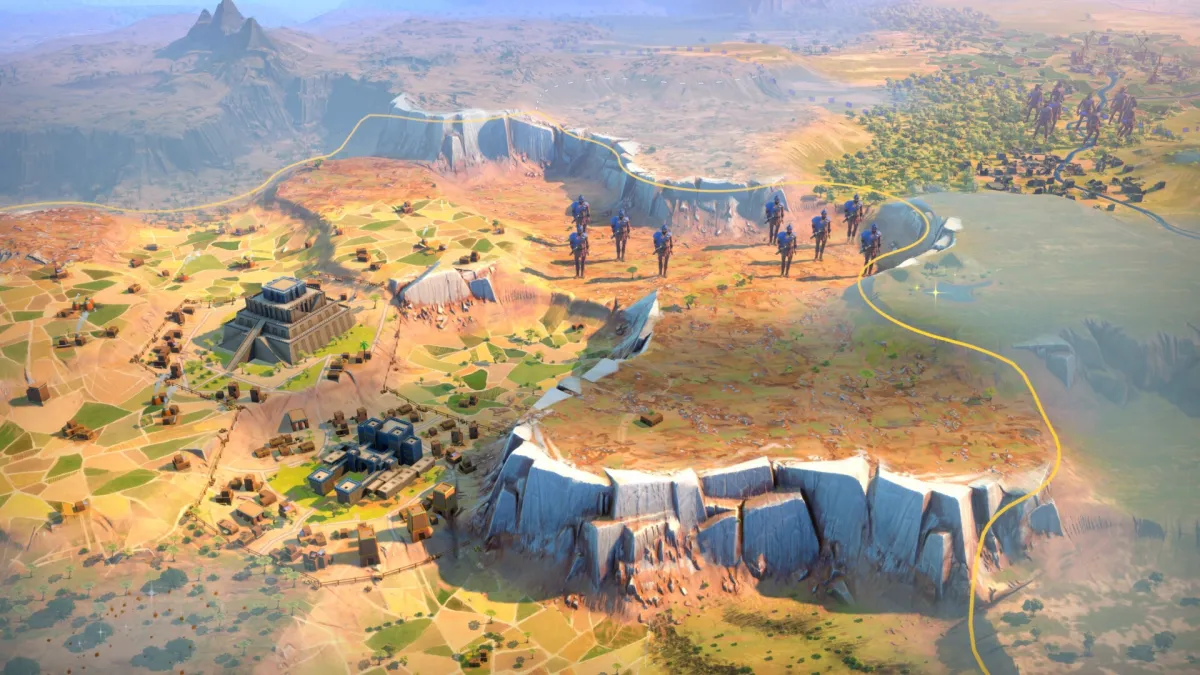
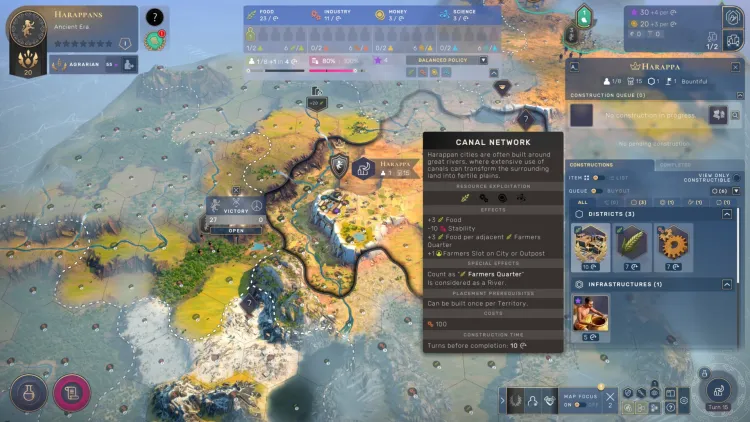
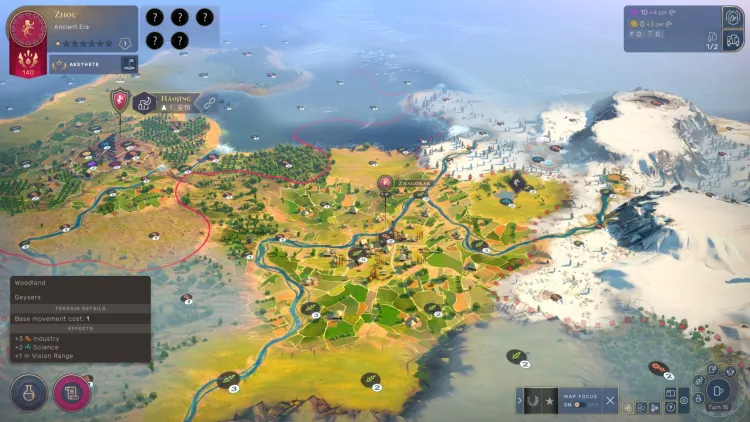
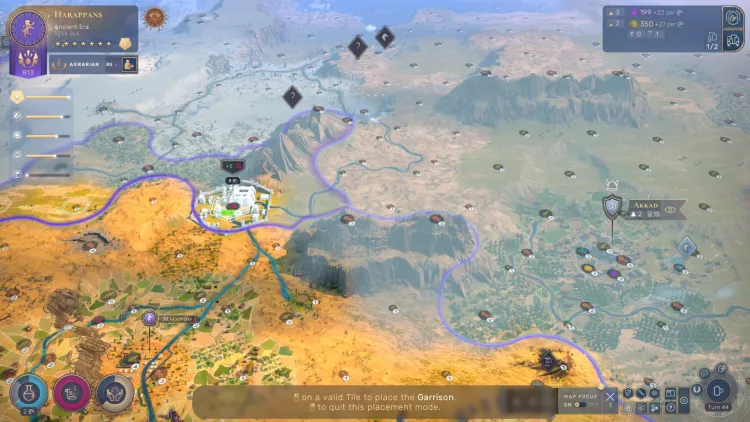
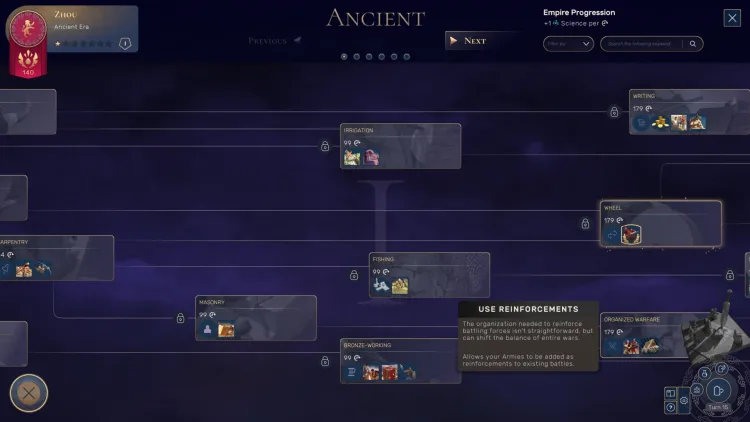
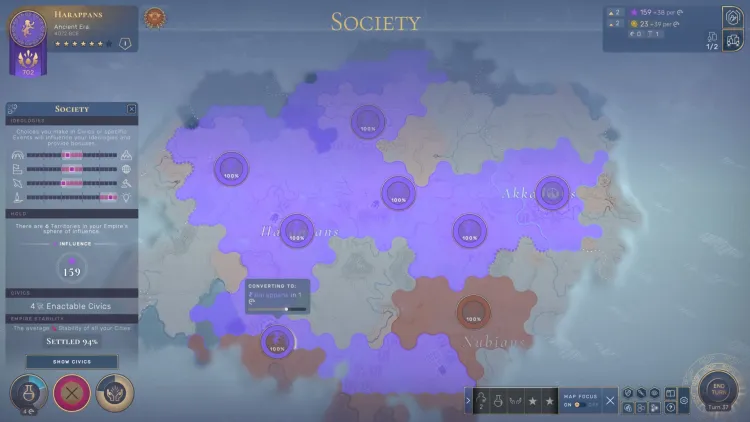




Published: Aug 17, 2021 07:30 am